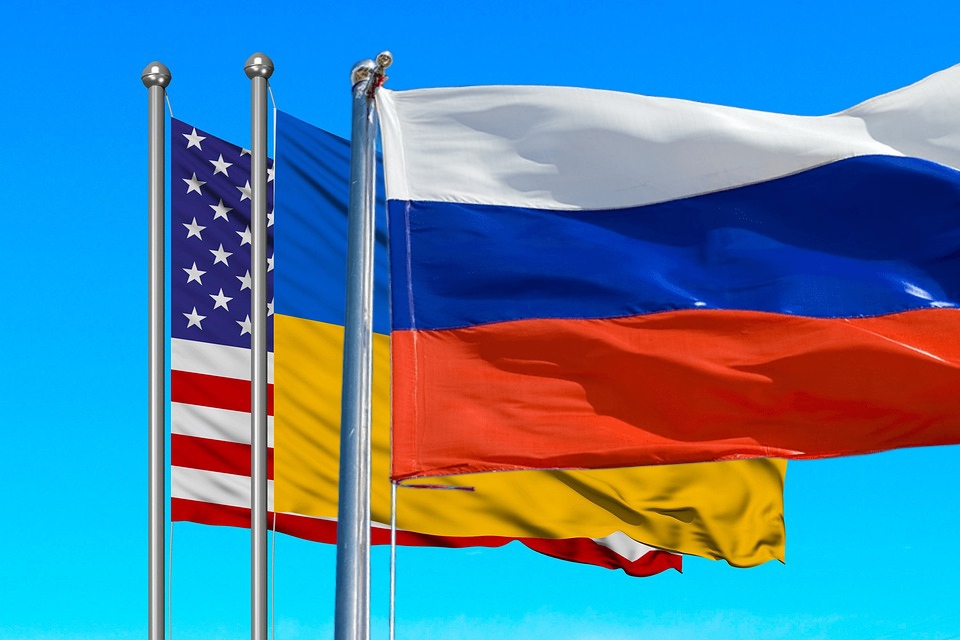The Context of the Conflict
The Russia-Ukraine war began in February 2022 when Russia launched a full-scale invasion of Ukraine, an act that has since been condemned by numerous nations and international bodies. The conflict has left an estimated 8 million Ukrainians displaced within their own country and over 7 million fleeing abroad, resulting in a significant refugee crisis across Europe. Infrastructure has been heavily damaged, with cities like Mariupol and Kyiv bearing the brunt of the hostilities. As of October 2023, the death toll has surpassed 20,000 military personnel on both sides, while civilian casualties continue to mount, highlighting the urgent need for resolution.
Despite various attempts at ceasefires and negotiations, substantive progress remains elusive. The situation is further complicated by the involvement of major world powers, including NATO's support for Ukraine and Russia's alliances with countries like Belarus. Thus, finding a comprehensive solution requires addressing not only the immediate military concerns but also the broader geopolitical landscape.
Paths to Resolution
Diplomatic Negotiations: Experts argue that sustained diplomatic negotiations are crucial. “Dialogue is essential if we are to prevent further loss of life,” stated Dr. Elena Voronova, a conflict resolution specialist based in Kyiv. A framework for negotiations could involve a neutral party, such as the United Nations or the Organization for Security and Co-operation in Europe, to facilitate discussions between Ukraine and Russia. This approach would require both sides to make concessions but could ultimately lead to a ceasefire agreement and the gradual restoration of diplomatic relations.
International Mediation: Engaging a coalition of neutral countries could help broker peace. Nations such as Turkey and Switzerland, which have maintained a neutral stance, could play roles as mediators. This coalition could offer guarantees to both parties regarding security and territorial integrity, which are pivotal concerns for both Ukraine and Russia.
Economic Sanctions and Incentives: The international community has imposed significant economic sanctions on Russia, aimed at crippling its war efforts. However, a strategic recalibration might be necessary. Some analysts suggest easing specific sanctions in exchange for significant concessions from Russia regarding troop withdrawal or a commitment to cease hostilities. This dual approach could incentivize Russia to engage seriously in the peace process while maintaining pressure on the Kremlin.
Humanitarian Initiatives: Addressing the immediate humanitarian crisis is vital for any peace initiative. Increased humanitarian aid to affected areas and the establishment of safe corridors for civilians can build goodwill and demonstrate a commitment to peace. Initiatives could include international funding for rebuilding infrastructure and services in war-torn regions, which would also help in mending relations and restoring trust.
Long-term Security Guarantees: A sustainable resolution to the conflict will necessitate a framework for long-term security guarantees for both Ukraine and Russia. This could involve discussions around Ukraine's military alliances, such as its aspirations for NATO membership, and Russia's security concerns regarding NATO's eastward expansion. Finding a balance that accommodates both parties’ security needs could pave the way for lasting peace.
Challenges to Peace
Despite these potential solutions, numerous challenges remain. Mistrust runs deep, particularly on the side of Ukraine, where many view any negotiated settlement with skepticism. Ukrainian President Volodymyr Zelensky has emphasized, “We cannot negotiate peace while Russian tanks are on our land.” This sentiment reflects the widespread feeling among Ukrainians that any peace accord must ensure Ukraine’s sovereignty and territorial integrity.
Additionally, the internal political dynamics within Russia complicate the scenario. The Kremlin's leadership may be unwilling to show any signs of weakness, fearing domestic backlash. The risk of hardliners influencing policy decisions poses a significant barrier to negotiations.
Conclusion
The resolution of the Russia-Ukraine war is a multifaceted issue requiring comprehensive strategies and a balanced approach. While the hope for peace is often overshadowed by the brutal realities of war, the international community must persist in pursuing diplomatic avenues and mediation efforts. By fostering dialogue, addressing humanitarian needs, and ensuring security for both nations, it may be possible to move towards a resolution that honors the aspirations and rights of all parties involved. The quest for peace is undoubtedly challenging, but it remains the most viable path towards ending the suffering and rebuilding lives in the region.









